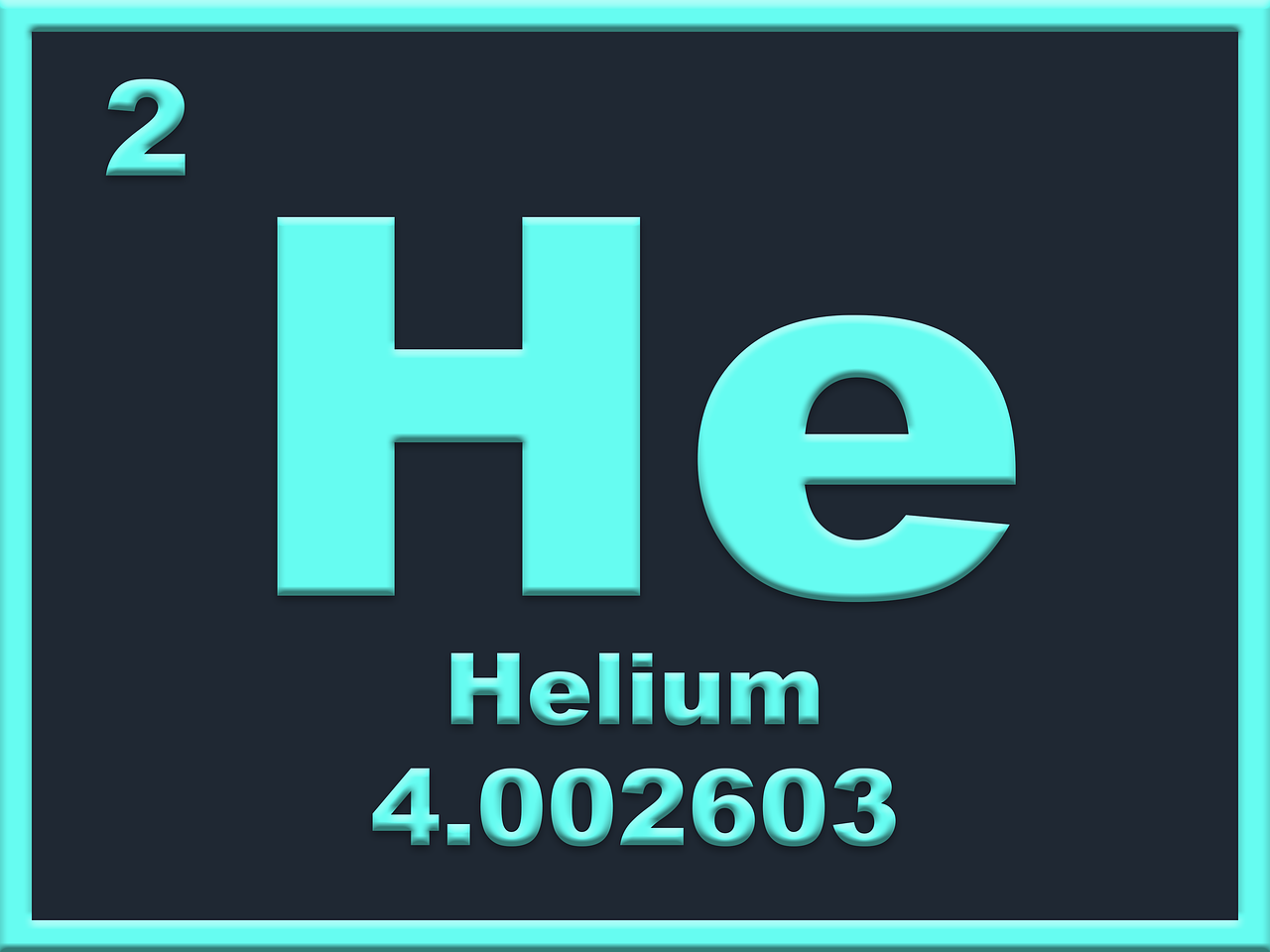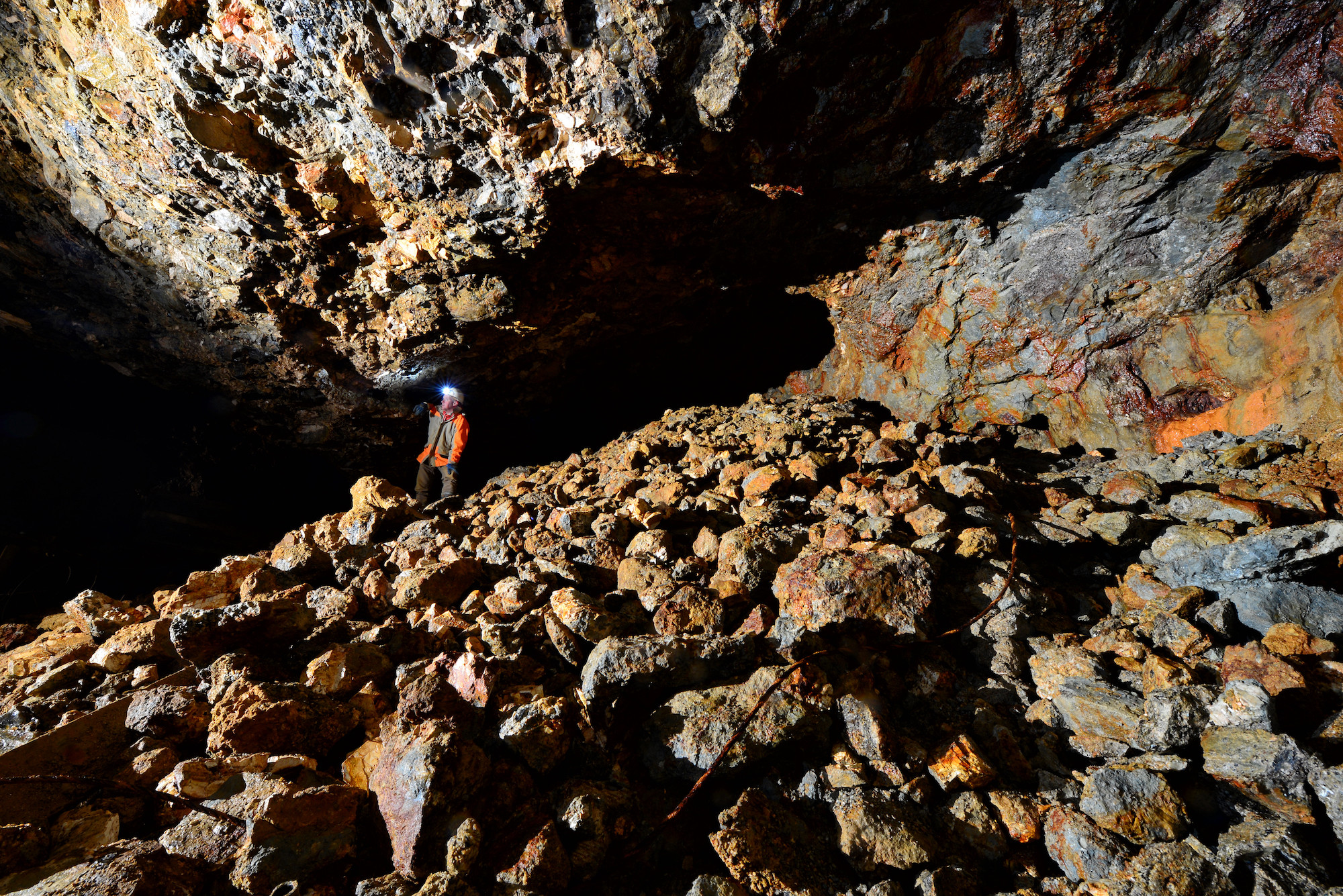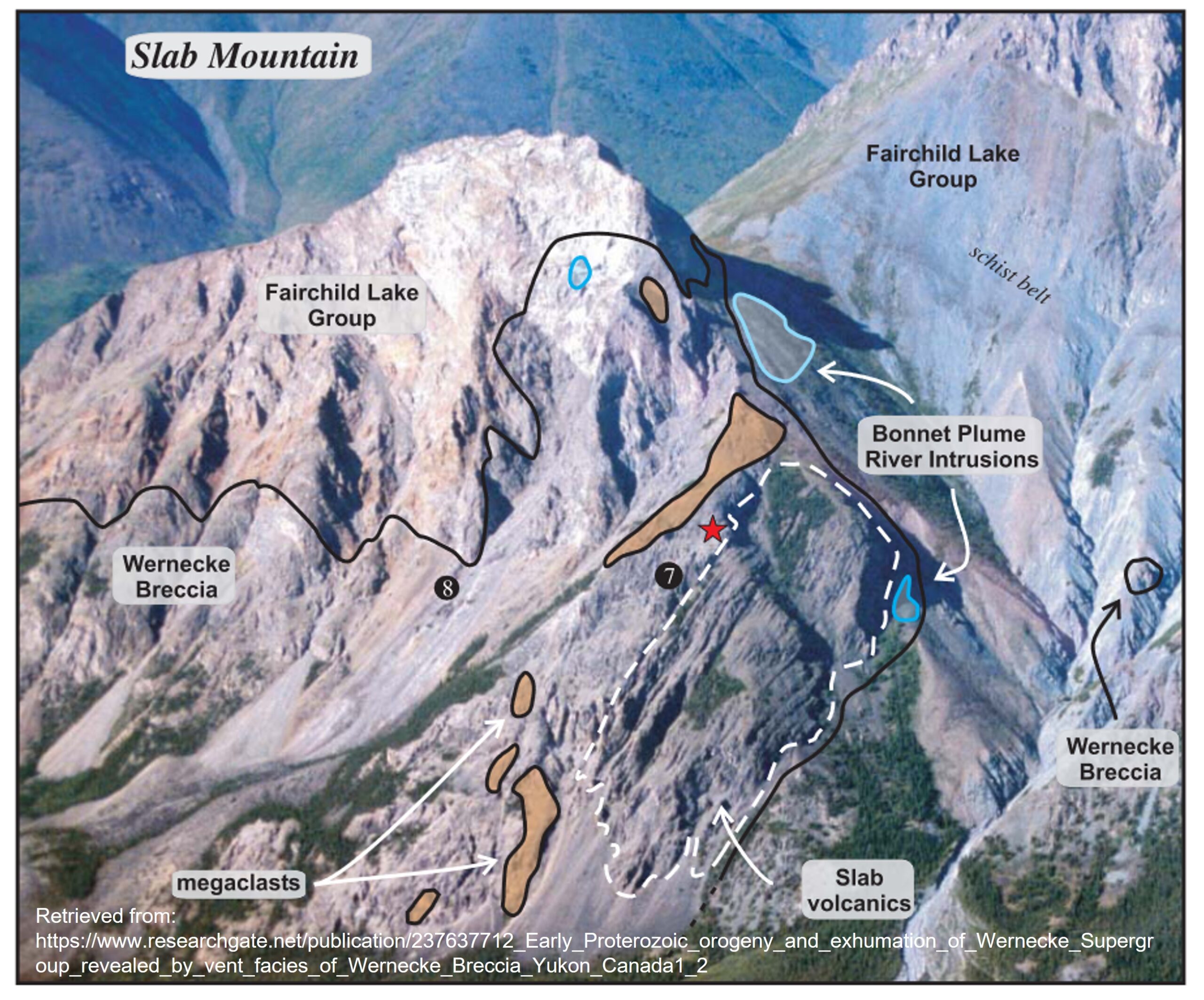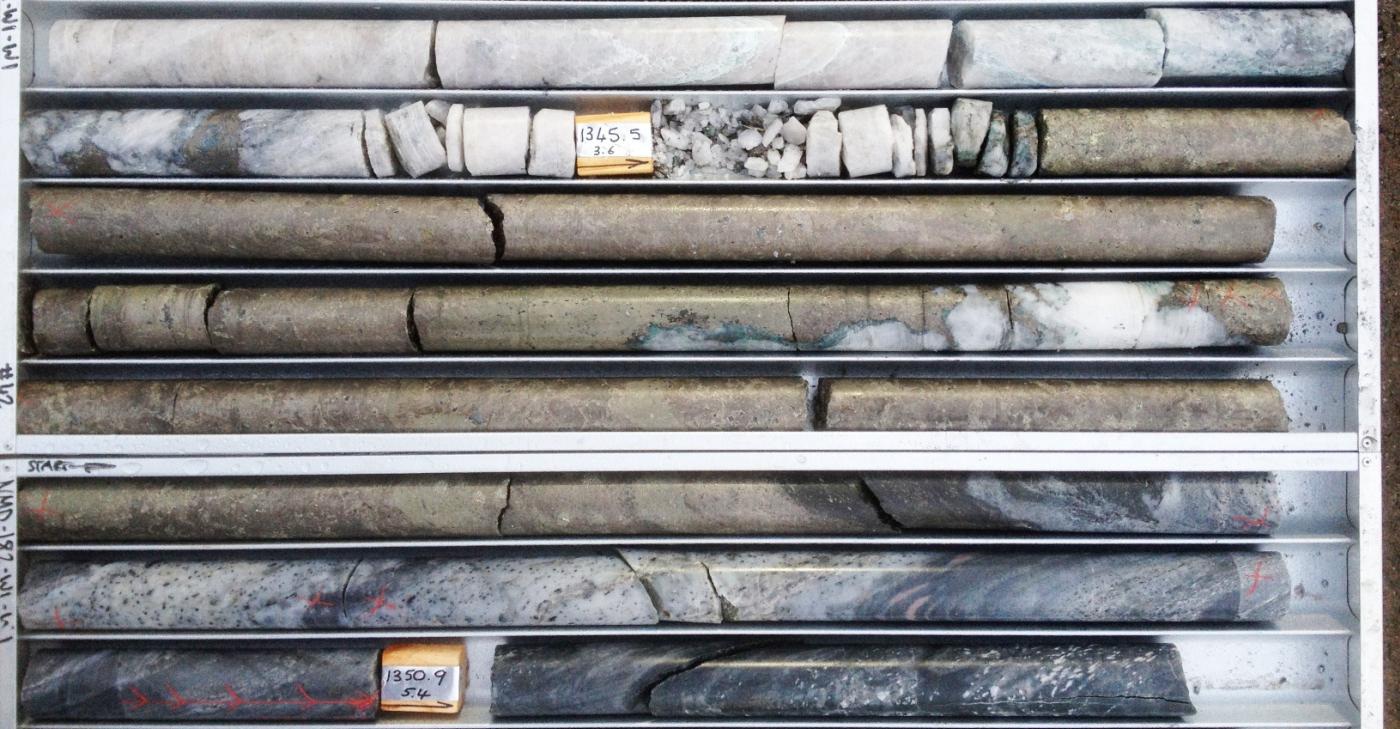After over fifty years of self-imposed isolation and western sanctions, Myanmar (or Burma as some still prefer), has undergone a quite remarkable turnaround. The former pariah state hosted President Obama on an official visit in late 2012.
Why is Myanmar exciting for mining investors? Because Myanmar is a proven resource-rich country, which is also effectively a green-fields exploration territory. Myanmar already mines and exports a wide variety of , precious stones, base and precious metals, coal, oil and gas. However, the country has been barely exposed to modern exploration techniques. The best geological maps still date from the British-era.
Risks include an uncertain political environment, a badly neglected infrastructure, physically challenging terrain, and complex and poorly understood geology.
However with potential, comes risk. Risks include an uncertain political environment, a badly neglected infrastructure, physically challenging terrain, and complex and poorly understood geology. On the other side of the equation, there are large and fast-growing markets in neighbouring countries: China, India and Thailand. Plus demand within Myanmar will skyrocket as locals swap ox-carts for the internal combustion engine, demand reliable electricity from the National Grid, and upgrade their consumption after half a century of isolation.
Myanmese mining is not for the risk-adverse, but for those who like to play the high-stakes, high-reward sector of mining investment, it’s an exciting prospect.
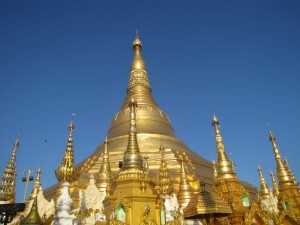
Myanmar And Its People
Myanmar is the largest country in South-East Asia. Its 676,000km2 extend from, Hkakabo Razi (5881m, 19,295ft) in the Himalayas in the far north, to the 1200km long coast line which skirts the Bay of Bengal, and extends far south, along the peninsula shared with Thailand.
The population of Burma is split between the dominant Buddhist Burman group, 68% of the population, and a variety of minorities including Chin, Shan, and Rathkine. The population is almost entirely literate, and English is widely spoken.
The British claimed Burma as their own in 1887 and ruled there until ousted by the Japanese during World War II. Independence came quickly afterwards. Burma, however, lurched into a disastrous experiment of isolationism and socialism which saw the country, once the world’s largest exporter of rice, fail to feed itself.
The military took over in 1962 and by 1988 Burma was one of the world’s poorest countries. Elections, held in 1988, saw the National League for Democracy the party of Aung San Suu Kyi win an unexpectedly fair election. The military refused to cede power put Aung San under house arrest and caused western sanctions which further isolated the country. Since the 2010 elections, serious reforms have occurred, which have resulted in the ending of Western sanctions, and the start of an economic boom for the country.

Geological Environment
The geology of the country is complex and long. In the north, rocks date back to the earliest (Precambrian) geological times and are part of the Himalayas. The rugged topography is the result of the impact of the north moving Indian tectonic plate being forced under the Burma plate.
The collision is on-going, and the country is seismically active. Regular strong earthquakes occur along the Saigang Fault which runs north-south through the centre of the country.
The key mountain ranges are:
- Northern Kachin ranges;
- Indo-Burmen Ranges running south from the Himalayas to the coast;
- the eastern Shan Plateau which rises steeply from the central basin of the Chindwin and Irrawaddy rivers to a height of 900m (3000ft).
Myanmar Mineralization
This underlying geology dictates the main areas of mineralisation also trend north/south. The most important of these are described from east to west:
Shan-Tenasserim Province (Lead-Zinc-Silver)
Running through the western Shan state extending into Thailand and China. Complex, poorly understood metal rich area, with a series of clastic and carbonate rocks of Mesozoic age.
Antimony Belt
Covering parts of Shan, Kayah and Mon States
Tin-Tungsten Belt
Running from the edge of the Shan Plateau near Taungyi, south, along the long “tail” of Myanmar and continuing south to Indonesia. Associated with granitic mineralisation including cassiterite (tin) and wolframite (tungsten).
Porphyry Copper Belt
A belt of porphyry copper is extensive north of Monywa. Myanmar’s largest copper mine is located at Latpadaung, Sagaing state.
Oil and Gas Belt
Runs from the Irrawaddy delta in the south to Chindwin river valley in northern Myanmar. In 1934 the Yenangyat oil field was probably one of the most important in the British Empire. Today 25% of Myanmar’s exports consist of gas. Coal is also found in the area.
Nickel – Chromium Belt
In parts of the northern Chin Hills and Tagaung Taung. Chromite and nickel laterite deposits have been found associated with the ultramafic rocks of the ophiolite belt.
Mogok Precious Stones Fields
Currently entirely controlled by the military elite and their cronies the rubies and sapphires from the Mogok region are famously pure stones. British texts also describe amber and quality jade (nephrite) from the same area.
History of Mining in Myanmar
Extensive geological mapping started with the incorporation of Burma into British India (1885). Little has been done since independence, with local geochemical and geophysical reports often not available or confidential to state mining interests. According to the USGS in 2010[1] (latest figures) Myanmar exported; copper, nickel, zinc, cement, and gemstones. Total trade was US$13.74 billion, with natural gas amounting to $2.91 billion – nearly a quarter of all exports.
These figures are likely seriously out of date. As the country has opened to the West, the economic environment is changing rapidly In January 2013, during the second Myanmar mining Summit, the government pledged the “highest level of accountability, transparency and reliability[2]” would be upheld. This would certainly be a big change from past practice.
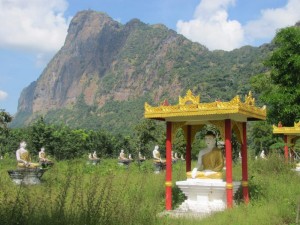
Risks To Investors
Myanmar is the second-most corrupt country in the world according to the UN. During the Western sanctions China became the major investor in the country, investing in everything from highways and bridges to gas pipelines and large mining operations. It would be fair to assume that kickbacks to local officials were prevalent. The recent protests, at the Latpadaung copper mine , by locals seeking redress for confiscated land, may be the first of many.
The reduction of government control, has seen increased unrest and violence particularly in areas which have long had issues with the Burman-dominated central government including border areas in the north, east and west of the country. Many of these areas are of huge mining potential. .
The rugged terrain would be challenging for any country, but the country’s infrastructure has been neglected since the end of the colonial era. Power cuts are so common that even small businesses have stand-by generators, which cut in automatically when the grid fails to cope.
The railways appear not to have been maintained since 1948, with most lines only managing a top speed of some 50km/hr. Apart from the roads built by the Chinese for trade in the north, and the new highway connecting Mandalay and Yangon with the new capital of Naypyidaw roads are also in very poor condition.
Much of the country remains off-limits to independent visitors including Mogok, north of Myitkyna and the Myeik Archipelago almost certainly because of local insurgent activity and possibly sensitive environment damage. There are no border crossings to China, India, Bangladesh or Thailand open to foreign nationals for travel into the country.
The IMF has described the country as having, “a high growth potential that could become the next economic frontier in Asia[3]“. As one of the last great unexplored regions, with proven potential and nearby markets in the area – could Burma use its mineral wealth to once again become the richest country in the region?

